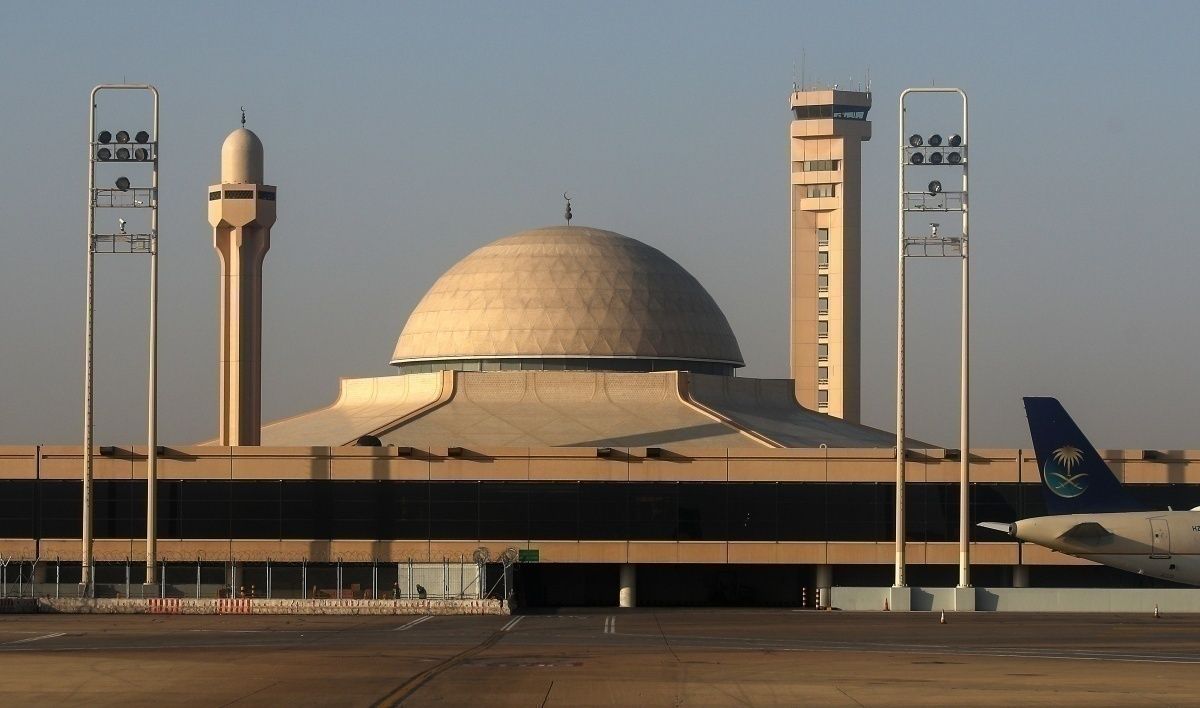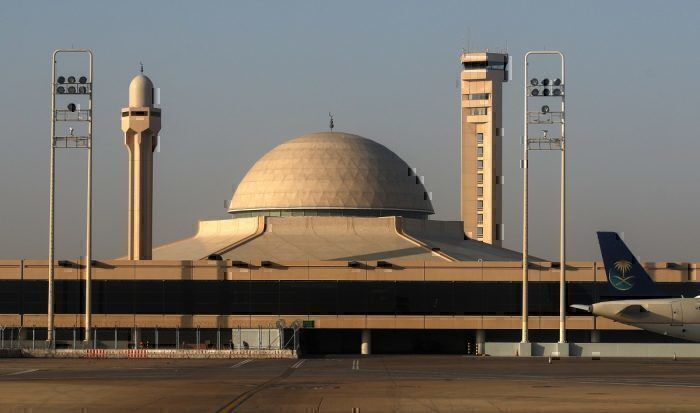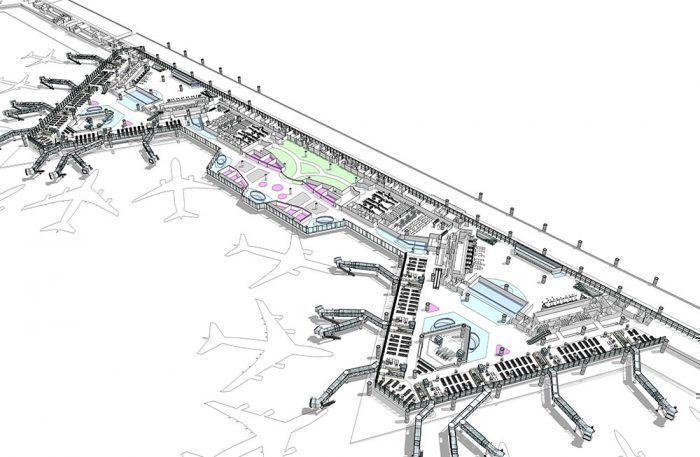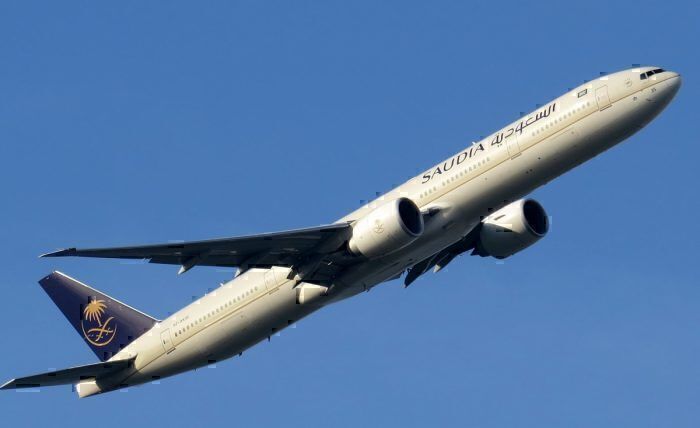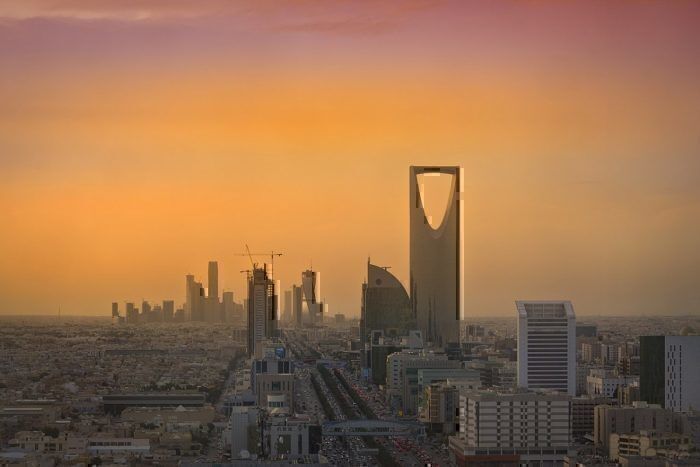In September 2019, the Kingdom of Saudi Arabia opened itself to the world with a historic visa launch. Now, citizens from 49 countries are eligible to apply for an eVisa online or receive a Visa On Arrival into the Kingdom. At the recent Kuwait Aviation Show, we had a chance to sit down with Ahmed Alharty, Terminal Operations Manager at Riyadh's King Khalid International Airport, to discuss how the airport is perfectly positioned for growth.
With 51 airlines serving 27.9 million passengers annually, King Khalid International Airport (KKIA) in Riyadh won't make the list of the world's busiest airports anytime soon. In fact, Jeddah's King Abdulaziz International Airport hit a new record in 2018, handling 41 million passengers. However, recent expansion projects combined with a new, more relaxed tourism policy should offer passengers traveling to (and through) KKIA a better experience.
Airport expansion underway
According to DFNI, KKIA's Terminal 3 and 4 are due for completion in 2020. Terminal 3 has been closed since August 2018 while Terminal 4 has never even been occupied.
London-based The Design Solution has the role of commercial planning as part of the airport's major redevelopment program. Sources indicate that the expansion will include a "new centralized, post-security commercial area between Terminals 1 and 2" as a way to enhance passenger experience while providing additional sources of revenue:
“We are undertaking major transformations in Riyadh Airports as part of privatizing the Aviation Sector in the Kingdom of Saudi Arabia, therefore we are always seeking opportunities to optimize KKIA’s commercial returns, enhance the passenger’s experience and play a major role in promoting our strategic goals, such as being among the top 50 airports in the world." -Gelban AlGelban, VP Commercial, Riyadh Airports Company
Largely domestic growth
Alharty tells us that the airport is mainly a gateway to the rest of the country, receiving passengers who transfer through to domestic flights. In fact, the airport's growth is mainly on the domestic side at roughly 13.5%. On the international passenger side, the airport is only seeing 4.4-4.5% growth.
"We think this will change with eVisa now. We will get more transfer passengers [and] we are improving our services when it comes to [handling] international transfer passengers. Our aim is to remove all these barriers for transfer passengers at the airport." -Ahmed Alharty, Terminal Operations Manager at Riyadh's King Khalid International Airport
A successful new tourism policy
Alharty goes on to tell us that with the government aiming to increase the number of visitors to Saudi Arabia through the eVisa, KKIA is preparing itself to welcome visitors from around the world.
"We have seen growth in number of passengers, especially from EU countries," he says, "so yes, this is the direction we are going. The country is opening up and it's good. We have seen an impact already."
Riyadh is the country's administrative and commercial center. However, Jeddah's proximity to Mecca makes it a much busier airport. Photo: b.alotaby via Wikimedia CommonsThe Saudi Commission for Tourism & National Heritage (SCTH) went a step further at the beginning of this year, announcing that visitors can now use existing UK, US, and Schengen area visas to obtain Saudi Arabia visitor visas at airport arrivals, regardless of their citizenship.
The relatively new tourist visa policy allows for a stay of up to three months per entry. Valid for a whole year with multiple entries, the visa allows visitors to visit and re-visit the country a total of 90 days in a year.
According to FTN News, Saudi Arabia is the second biggest tourist destination in the Middle East. While most of this tourism consists of religious pilgrimages, there is still growth in the leisure tourism sector.
Conclusion
We appreciate Mr. Alharty's time and willingness to speak with Simple Flying. From the sounds of it, tourists will benefit greatly from Saudi Arabia's new plans. Not only will they be able to enjoy what Saudi Arabia has to offer, but they'll also have a pleasant experience at the airport as they enter and exit the country.
With these recent changes in Saudi Arabia's tourism policy, do you have any plans to visit and explore the country? Let us know in the comments.

